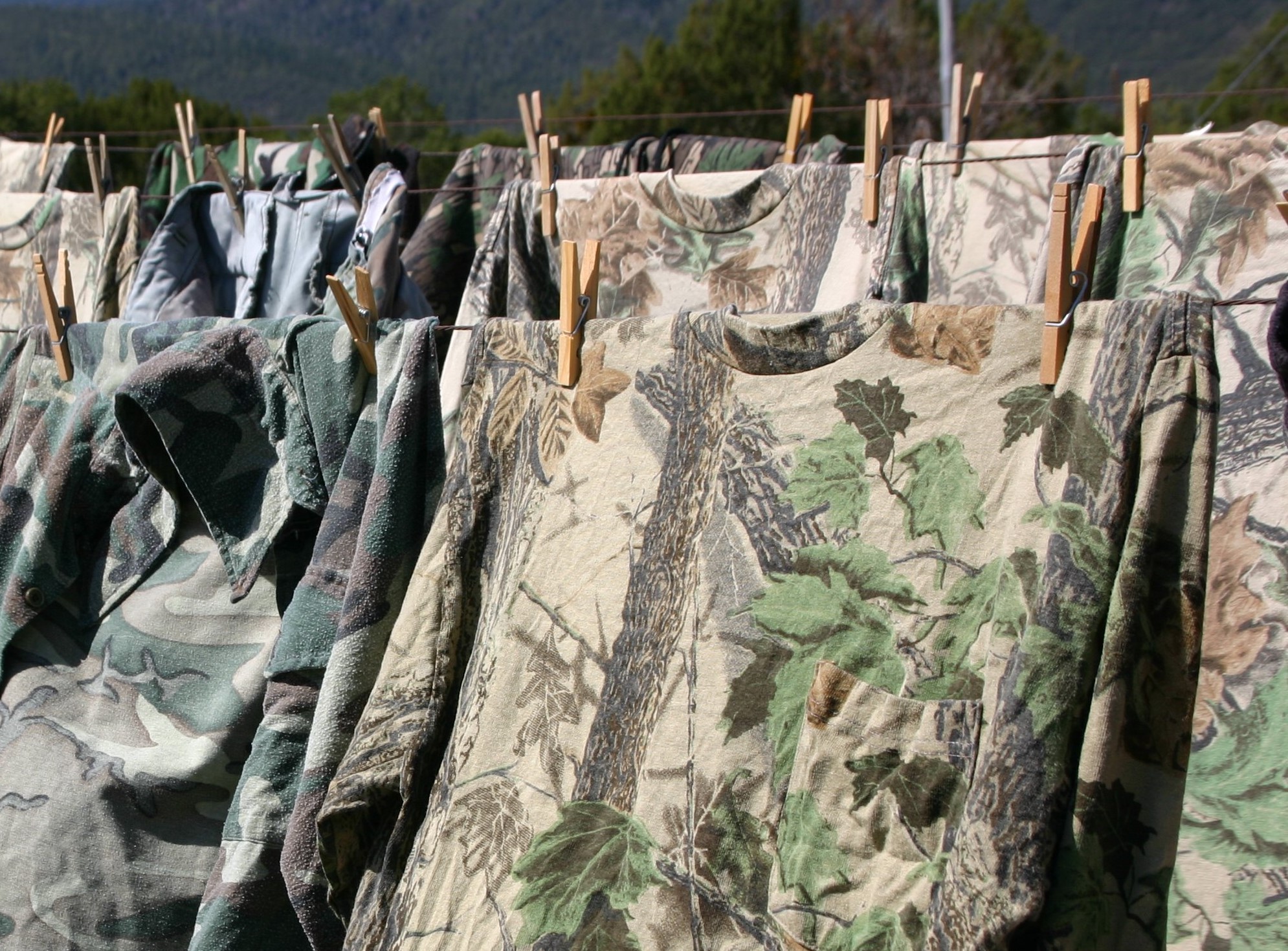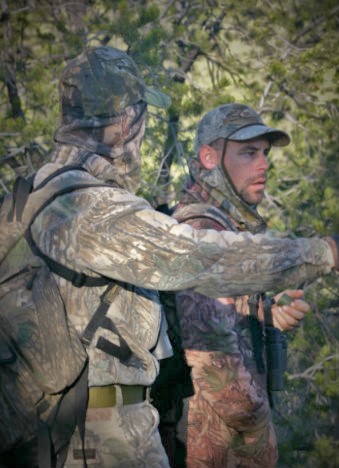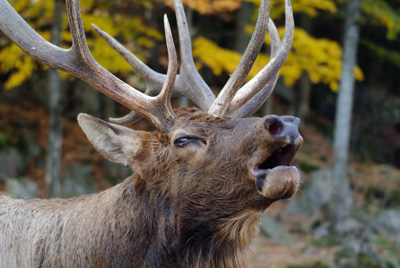Hunting Clothes
When it comes to hunting gear, our minds immediately go to weapons, optics, hunting packs, electronics, and a variety of gadgets. But how many of us think of our hunting clothes as an integral part of our gear? The choices we make when selecting clothing for hunting may make the difference in whether we are comfortable or miserable, and possibly even whether or not we are successful in harvesting an animal. What are the critical features for deciding what to buy in preparing for your hunt?
Camouflage Pattern
With virtually all of the outdoor clothing manufacturers getting into the camo clothing business, it seems that many new camo patterns appear every year. Which one is the best for your hunt? This depends somewhat on the terrain that you will be hunting, and largely on personal preference. Biologists tell us that big game animals don’t see color, so an exact match isn’t critical, but the general shade is. Avoid dark patterns for most western states to keep from looking like a dark blob on a light background. A good all-purpose camo pattern such as Realtree will break up your outline and allow you to blend in. Like color, matching the exact pattern isn’t crucial, since you will likely be in varied surroundings during your hunt.
Hunting Clothes Material
Choosing the right material for your hunting clothes depends largely on the weather conditions you are expecting, but it is very important for your comfort.
Be Quiet – Avoid hunting clothes made from material that makes a swishing sound when brushing against itself or other items. If you can hear it swish, certainly any animals in the vicinity can too.
Wet or Dry? – Unless you are planning on continuously wet conditions, avoid waterproof material as your primary clothing. You are better off to pack rain gear that can be worn over your regular hunting clothes.
Warm or Cold? – Know what general temperatures to expect during your hunt, but be prepared for changes. Lightweight cotton or synthetics are good for warm days, while wool and fleece are great to fight off the chill.
Wear Hunting Clothes in Layers
Outdoor temperatures can vary greatly throughout the day, and your activity level can take you from perspiring and overheated to teeth chattering cold. To keep your body at a stable, comfortable temperature, it’s always best to dress in layers. Unless it is an early season hunt, a moisture wicking (not cotton) base layer will be critical. Pants and a long sleeve T-shirt, and a medium weight over-shirt are next. A fleece or insulated vest is a great option when you are on the move. An outer jacket or camo hoodie will top it off, but avoid a heavy coat unless you know the temperatures are going to be extremely cold. It’s better to have more light layers underneath that will allow you to adjust your temperature by taking off or putting on another layer. Make sure that you have extra room in your hunting pack to carry your extra clothes as you shed them.
Choose Hunting Clothes for Comfort and Practicality
Ensure the fit of your hunting clothes allows you to move and sit comfortably for long hours. Pants, shirts, and jackets with plenty of pockets make it easy to keep small items handy. It’s better than having to stop and take off your hunting pack to find what you are looking for.
Scent Killing Hunting Clothes
Hunting clothing that prevents human scent from reaching the sensitive nose of the game animal has gained popularity over the years. While it has proven effective, it also comes with some drawbacks. It doesn’t breathe easily, and consequently it is easy to get overheated when hunting in scent free clothing. But in the right conditions, it can make the difference between bagging your animal and going home empty handed.
Don’t Forget Hunting Gloves and a Hunting Cap
While gloves and a cap or hat may seem insignificant, they are actually very important parts of your hunting gear. Removing these items while hiking is one of the easiest ways to prevent getting overheated. Gloves can also be worn in layers. A light pair of camo fleece gloves underneath a pair of insulated gloves or mittens will keep you prepared for any situation. Baseball style caps are popular, but make sure the bill doesn’t get in the way of your scope or bowstring. Boonie style caps or hats with a brim all the way around can prevent sunburn. In cold weather, a knit cap may be the best option to wear or at least keep in your pack for unexpected cold.







